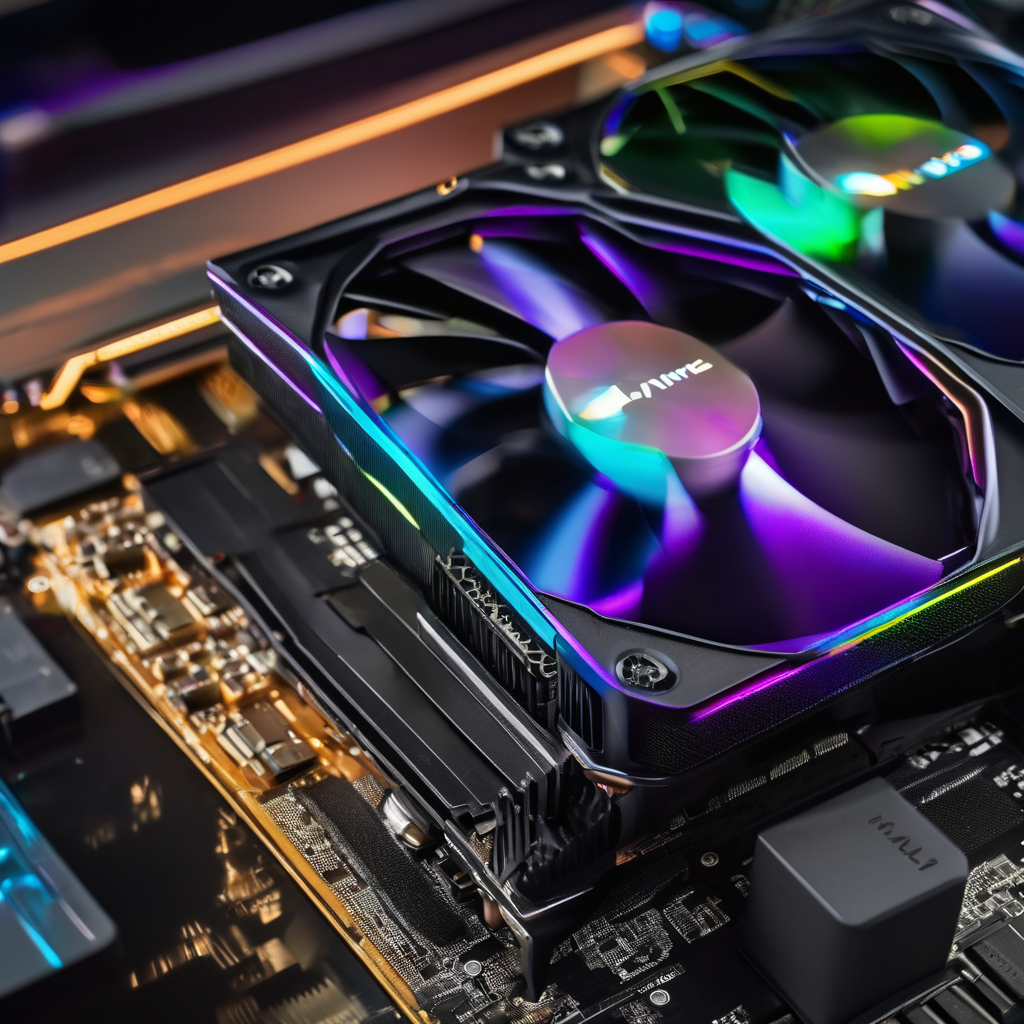Recent tests conducted by Computer Base have unveiled significant findings regarding AMD’s FSR 4 technology when utilized on RDNA 2 and RDNA 3 GPUs. These tests demonstrate a notable enhancement in image quality despite the absence of official support for these architectures. However, it is important to note that the improvements come at a cost, leading to a measurable decrease in performance, with frame rates dipping by 9% to 13% when FSR 4 is activated.
The situation arose following an accidental release of FSR 4’s source code by AMD, which enabled modders to create DLL files that enable the upscaling solution on unsupported graphics cards, including the RDNA 2 (Radeon 6000) and RDNA 3 (Radeon 7000) series, as well as their APU and handheld implementations. This development has allowed a wider audience to experiment with the technology and evaluate its benefits.
In their extensive testing, Computer Base sought to determine whether FSR 4 is a viable option for owners of older, unsupported graphics cards. The results indicated that while FSR 4 surpassed FSR 3.1 in terms of image quality due to its use of the Int8 format, it did encounter challenges rendering images to the same standard as the RDNA 4 FP8 implementation. Testers reported instances of visual instability, particularly in vegetation and fine details, with artefacts becoming more noticeable during motion—a drawback for many gamers. For those interested, comparison videos illustrating these findings are available on the Computer Base website.
Compatibility across different games proved to be inconsistent, with some titles requiring unique approaches to successfully run FSR 4; in some cases, these methods led to crashes. Out of 18 games tested, 14 successfully ran FSR 4, particularly those devoid of stringent anti-cheat measures.
From a performance perspective, the tests revealed that using the Performance mode on an RX 7800 XT resulted in a frame rate drop between 9% and 12%, while the older RX 6800 XT saw a dip of 10% to 13%. In contrast, the RX 9060 XT— which officially supports FSR 4 with FP8—only experienced a loss of 3% to 5% in frame rates.
Interestingly, the results indicated that RDNA 2 did not perform worse than RDNA 3, suggesting that RDNA 3 may not be leveraging the expected matrix-multiply (WMMA) Int8 instructions to their full potential.
The implications of these findings suggest that FSR 4 can indeed be utilized on older RDNA architectures, yielding different outcomes. Although the image quality is generally notable compared to FSR 3.1, there are occasional artefacts to navigate. This upgrade, albeit unofficial, sparks hopes that AMD might consider releasing a polished version in the future. For now, this solution is primarily suited for players willing to invest time in adjusting their game files, with the results varying based on specific circumstances.
